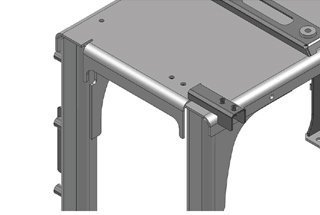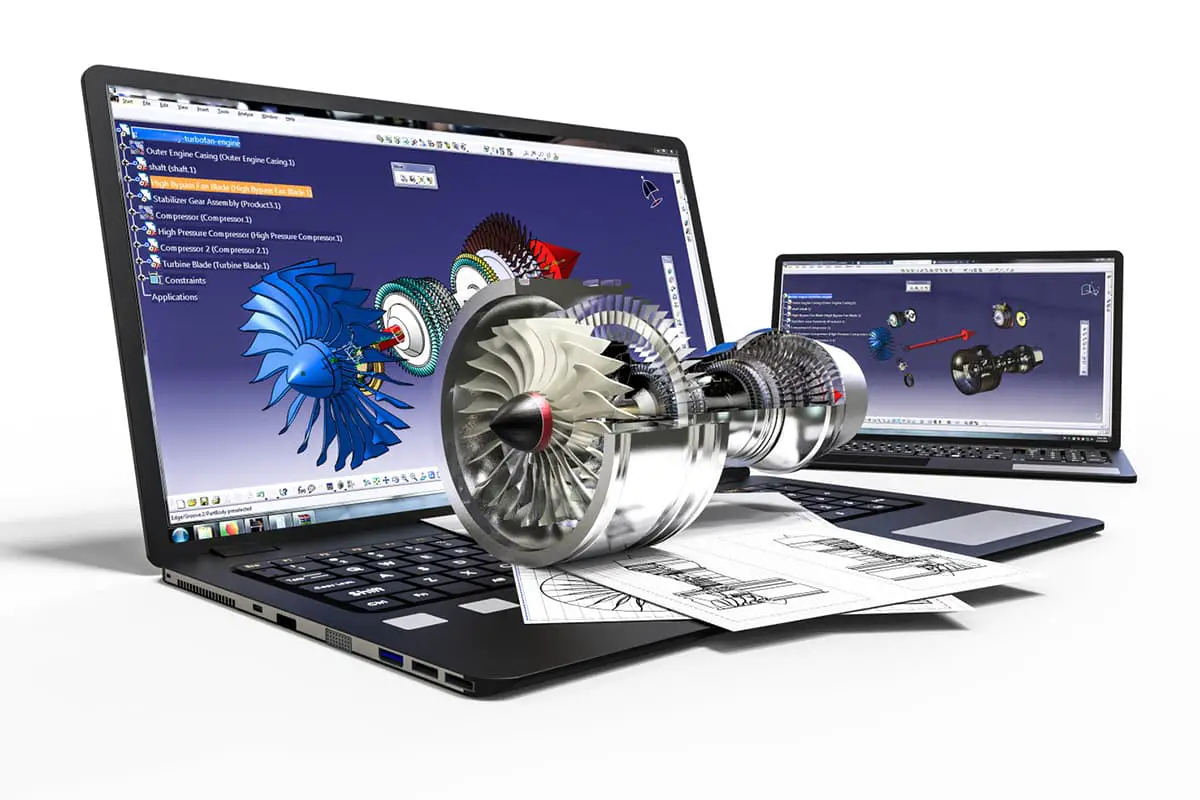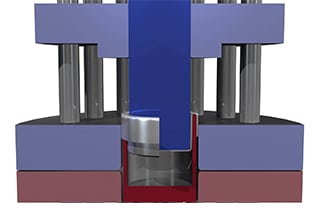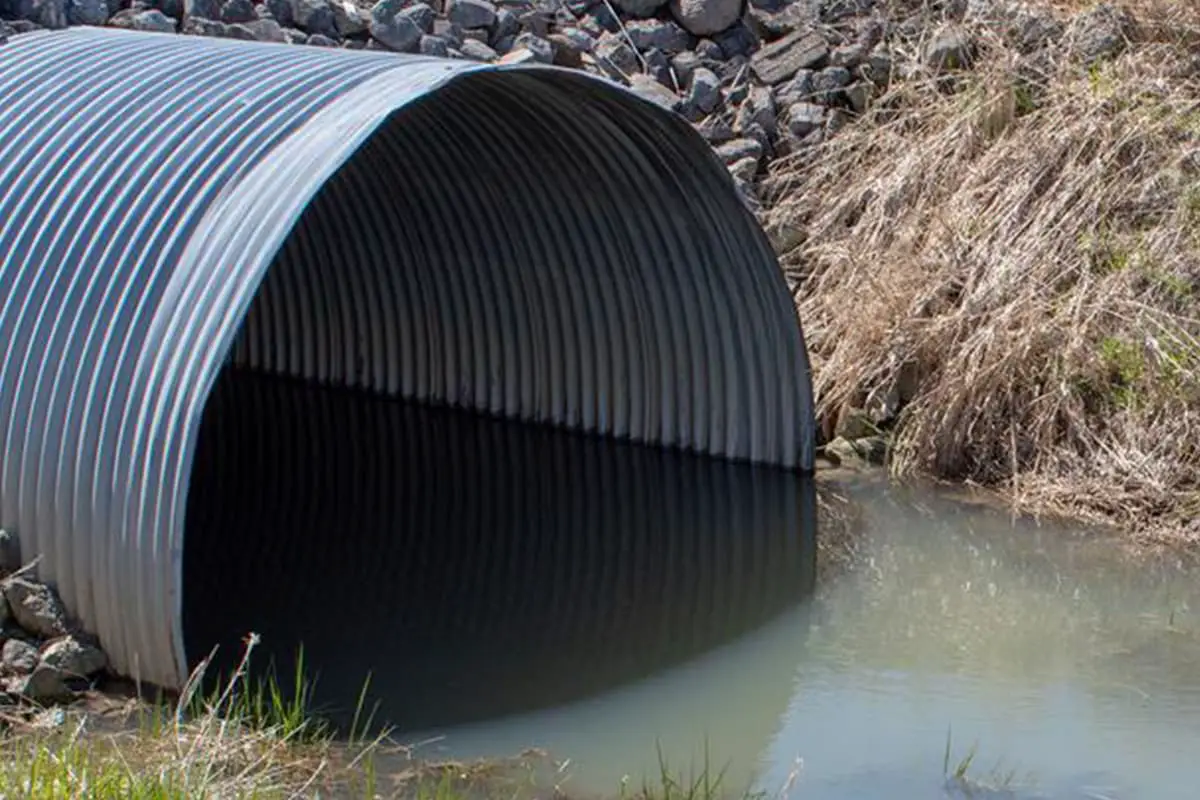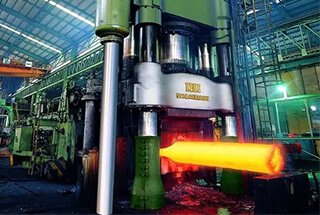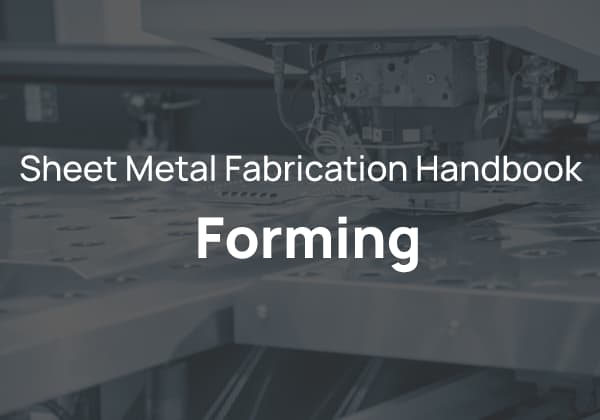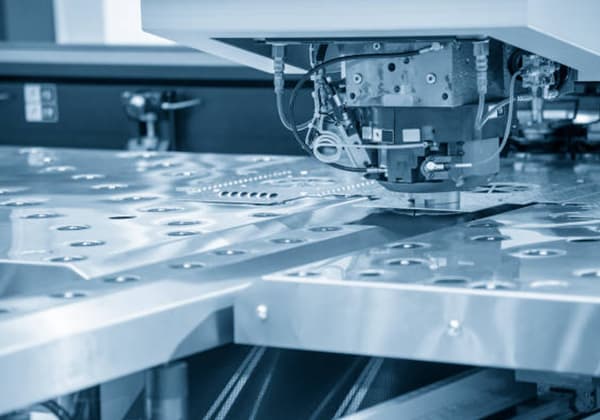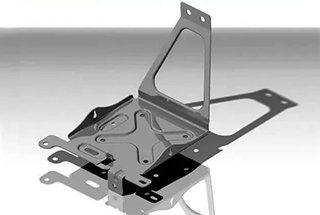
Want to slash costs and boost profits in sheet metal processing? In today’s competitive market, accurate cost calculation is crucial for survival. This article explores two key models – product cost and order cost – to help you optimize your operations. Learn how to choose the right approach, allocate expenses fairly, and make data-driven decisions. Discover practical tips to enhance your bottom line and stay ahead in the industry.

In the current economic environment, all industries are under significant pressure, especially traditional industries, and the sheet metal processing industry is no exception. Each sheet metal processing enterprise is pondering how to change their mindset, innovate their models, and enhance their competitiveness to survive better.
The era of relying on material prices and equipment processing capabilities to achieve high profits has come to an end. Every enterprise must carefully plan, expand revenue sources and reduce expenditures, improve internal management levels, and meet customer demands for quality, delivery, and price. In the personalized customization of non-standard sheet metal parts, how to accurately calculate various costs throughout the production process, here are some thoughts to share with everyone for mutual communication and learning.
The business model of fixed batch sheet metal products will not be discussed.
Characteristics of personalized customization of non-standard sheet metal parts: small batches, multiple batches, multiple varieties, personalized design, tight delivery schedules, and diverse quality standards.
Each order and each batch of products are different. Design requirements are not fixed, and quality requirements are not fixed. Design personnel must quickly complete product design according to customer needs, and production personnel must quickly complete processing and manufacturing according to different design requirements.
Due to the uncertainty of product demand, it is difficult to form standardized business processes, uniform quality standards, and standard logistics routes, which significantly complicates production management, material placement on site, logistics route planning, quality inspection, equipment layout, and the use of auxiliary tools and equipment.
Therefore, only by accurately calculating the input and output of each product, order, equipment, process, and person can we timely and accurately identify management issues and make correct management decisions based on scientific data. This approach can meet customer needs, serve each client well, and utilize one’s competitive advantages, leading to sustainable development. Otherwise, survival in a fiercely competitive environment will be difficult, let alone discussing development.
Cost calculation for sheet metal processing enterprises generally follows two models: product cost and order cost. Product cost refers to calculating the cost for each product. This cost composition includes material costs, processing fees, and other expenses. Order cost refers to calculating the total cost of an order without breaking down the cost of each product within the order.
Which cost calculation model to use depends on the company’s development strategy and internal management mechanisms (performance appraisal systems, internal business processes, etc.). If the company’s strategic plan involves developing its products, it is best to design financial accounting methods and corresponding processes according to product cost accounting requirements, such as material requisition methods and expense allocation methods.
If there is no product plan, order cost accounting can be used, where the principle is to clearly aggregate the material and expense costs of each order without considering the accuracy of the material and expense costs of each product within the order. The principle is solely based on the accuracy of the order cost and profit.
The two calculation models have many differences in terms of enterprise process settings and financial requirements.
The product cost model requires clarification of the material cost for each product, the various expenses each product bears, and the methods and proportions for allocating these expenses to each product. Common methods include allocation based on quantity, weight, area, or labor hours.
Which allocation method to use needs to consider the impact of material cost, as there are significant cost differences between different materials (e.g., stainless steel vs. ordinary carbon steel). Allocating expenses based on material value may be unreasonable. Allocation by quantity requires consideration of the size and shape of each product. Generally, allocation based on area or labor hours is more reasonable.
When allocating based on area, each product’s area must be clear, and this area should be extracted from the drawings and provided to finance for model setup in the allocation proportions. This method requires a high level of information technology within the enterprise; otherwise, relying on manual calculations makes financial accounting laborious, inefficient, and difficult to achieve.
When allocating various expenses based on labor hours, accurately determining each product’s standard labor hours is critical. In a non-standard customized sheet metal model, there are essentially no standard products, making it very difficult to determine standard labor hours for each product. Extensive product processing statistics and analysis, considering different production processes, equipment, and personnel skill levels, are needed to summarize labor hour standards.
Based on my factory experience, ensure to determine labor hours through consistent processing routes and methods, considering device capabilities, personnel capabilities, and processing difficulty.
For example, for cutting, consider the processing capability of the cutting equipment, material being cut, and cutting length to determine labor hours. For bending, consider the number of bending times, weight, length, and volume of the product to determine labor hours. For welding, account for welding seam length, product complexity, welding method, welding quality requirements, and personnel skill levels for labor hour calculation.
The order cost model does not require distinguishing the material cost of each product and the expenses each product bears within the order. The total cost of the order is calculated as a single unit. This calculation method is simple and crude, and materials are requisitioned, stored, and expenses are aggregated by order, similar to project accounting.
The downside is the inability to accurately calculate the profit cost of each product. Accurate order cost profit can only be determined after the entire order is completed and delivered. Tax and business financial report differences need adjustment.
Using orders as performance evaluation units may trigger various issues related to sheet material nesting, on-site production planning, material placement, auxiliary material management, and manual labor hours’ statistics. How to integrate with lean management concepts needs careful consideration based on the company’s circumstances.
In most cases, the two accounting models coexist, prioritizing the financial concept of first calculating each product’s cost and then determining the total order cost and profit through product accounting. However, this requires financial personnel to deeply comprehend specific business operations, and business management personnel must understand some related financial concepts. By integrating business and finance, enterprises can achieve precise accounting to drive business management improvements, optimizing sales, procurement, design, and production.
Under significant order competition pressure, the business department prefers accurate and quick product cost calculations to support rapid quotation and order confirmation. Otherwise, a scenario may arise where the business personnel’s order calculations show profit, but after financial accounting, the order incurs losses, resulting in a company without profit and irreparable losses. Alternatively, excessive order quotation calculations may lead to order loss.
Accurately and promptly calculating the cost and profit status of each order and product is essential for quickly securing orders.
Regardless of the accounting model, guided by the lean management philosophy and aiming to meet customer needs, we integrate various management information systems, design software, nesting software, etc., to accelerate digital transformation, promote the construction of smart factories, change our thinking, innovate our models, and enhance our competitiveness, so that we can better meet the challenges of the current economic environment. We firmly believe that we can create our own brilliance.

